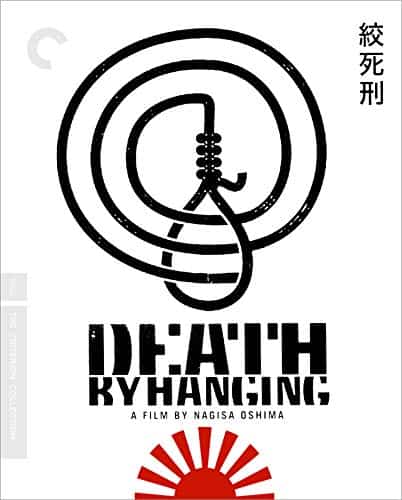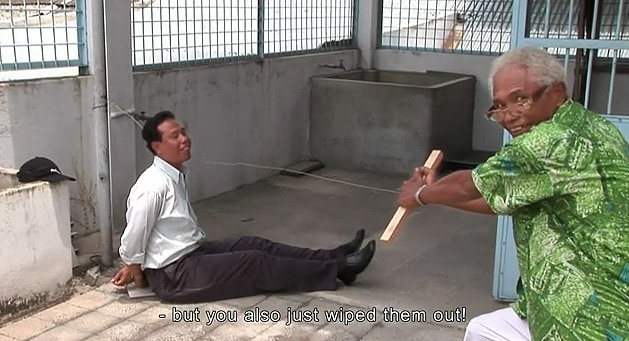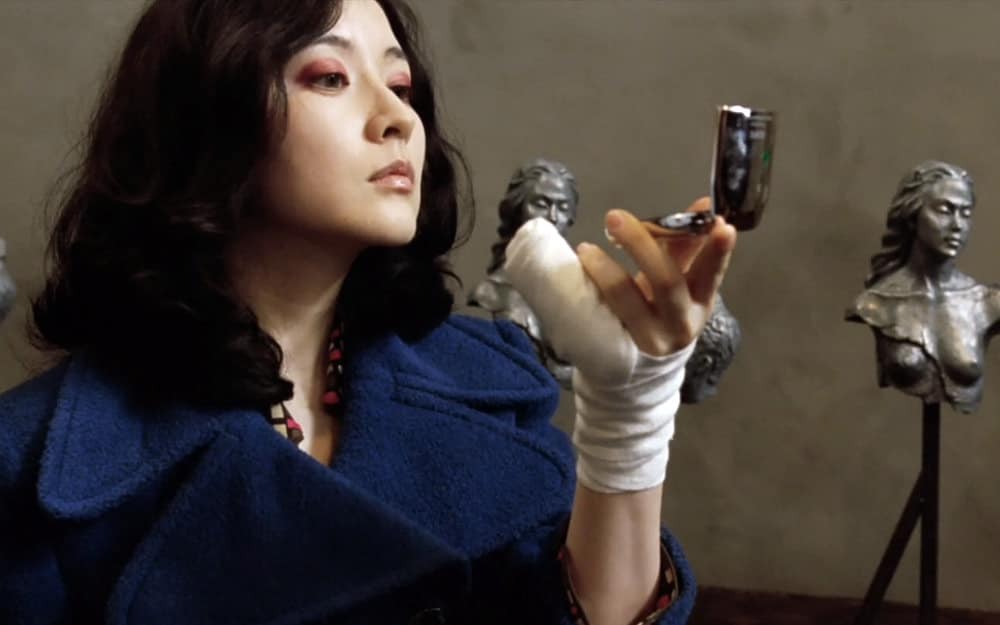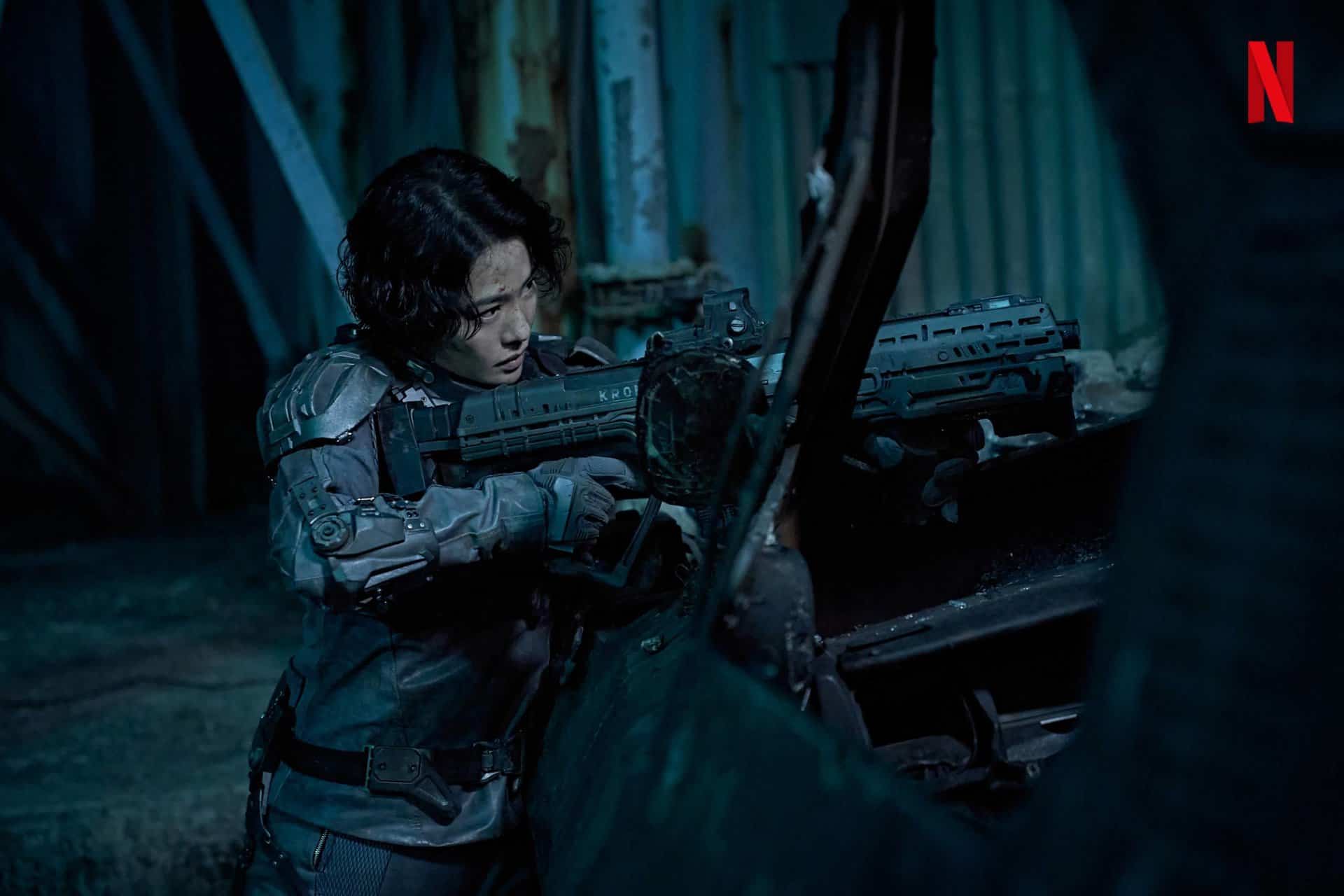According to Wikipedia, A mockumentary (a portmanteau of mock and documentary) or docucomedy is a type of movie or television show depicting fictional events but presented as a documentary. The genre gained recognition (notoriety if you prefer) with “Borat“, although some may remember the 1984 “This is Spinal Tap” or the excellent Belgian “Man Bites Dog“. In Asian cinema, the mockumentary occasionally has a different form, with Shohei Imamura blending documentary with theater and fourth-wall-breaking surrealism in “A Man Vanishes” for example, although recently, a number of productions seem to follow the international “rules” of the subcategory. Without further ado, here are 10 of the most intriguing samples one can find in Asian cinema, in chronological order.
*We took some liberties with the films in the list, essentially mocking the term (film nerd humor)
1. A Man Vanishes (Shohei Imamura, 1967, Japan)
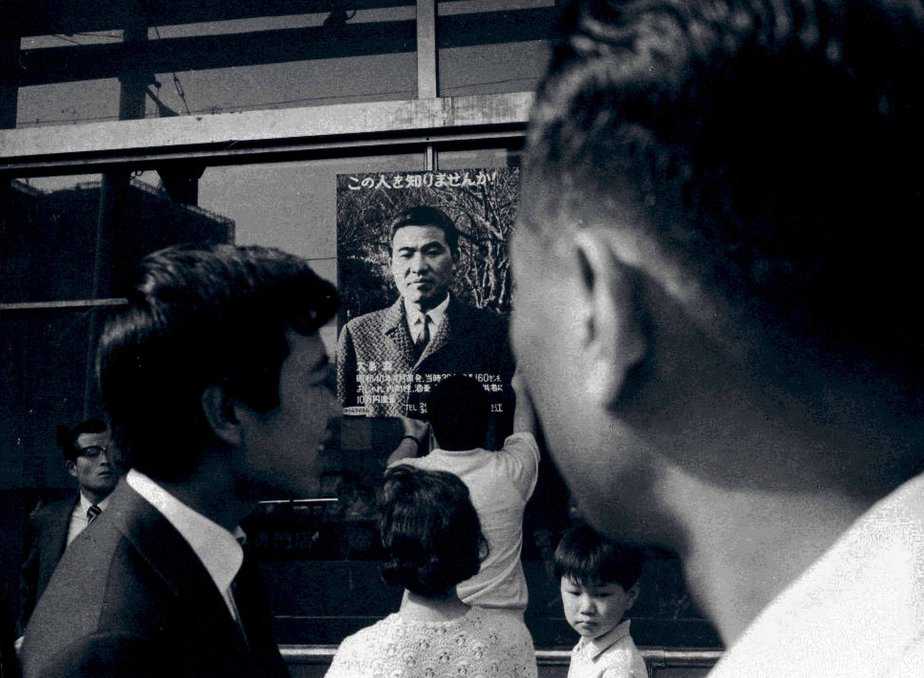
The film starts as a documentary of sorts, regarding the disappearance of plastic salesman Oshima that occurred two years previously. Shohei Imamura and his crew follow his fiancé Yoshie and actor Shigeru Tsuyuguchi in their investigation of Oshima's fate.
Initially, Imamura presents a picture that looks like an examination of a phenomenon that occurred in the 60s in Japan, with thousands of Japanese simply disappearing each year, leaving no trace. However, as the movie progresses, his focus turns elsewhere, as does Yoshie's, who falls in love with Tsuyuguchi during the investigation, even confessing her feelings to him at one point. Furthermore, Imamura eradicates the difference between reality and film, as with the scene when the walls of the decor crumble during the film, only to reveal the presence of a soundstage. (Panos Kotzathanasis)
Buy This Title

2. Death By Hanging (Nagisa Oshima, 1968, Japan)
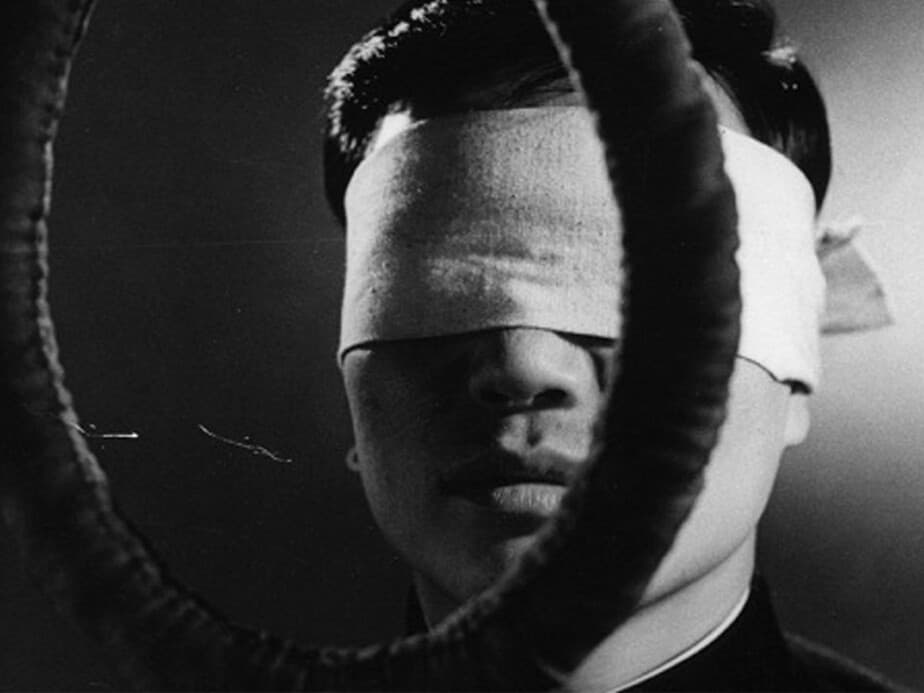
The black-and-white film begins in genuine documentary style, with Oshima presenting the facilities the execution took place and the procedure itself, in utter detail. In his story, however, R, who represents Ri Chin'u, does not die from the hanging, leaving the people present (policemen, priests and politicians) in a intense speculation regarding the question of if he is alive or dead, while he seems to have lost his memory. The solution the authorities come up with is to try to recreate the incidents (crimes) and the people in his life, in a pantomime whose purpose is to make him remember and to discern if he is the same man after his hanging.
Oshima presents a rather harsh critique towards the authorities, whose people are depicted as caricatures, while he considers their obsession with crime more intense than any criminal's. This mentality, according to him, is what transforms misguided wrongdoers to genuine criminals. (Panos Kotzathanasis)
Buy This Title
3. Millennium Actress (Satoshi Kon, 2001, Japan)

On the demolition of the renowned Studio Ginei, director Genya Tachibana decides to shoot a documentary regarding one of the foremost renowned stars of the company and his personal idol, Chiyoko Fujiwara. Although she has disappeared, Tachibana manages to discover her whereabouts and proceeds on taking an interview.
The mixture of fantasy and reality is yet again apparent in a Kon movie, since Chiyoko relives her life through flashbacks that are literally scenes from her own movies. Furthermore, Tachibana and his cinematographer also appear in these flashbacks. Eventually, Tachibana discloses the fact that he had also worked for Ginei in the past, during her zenithal years, thus becoming a piece of her story. (Panos Kotzathanasis)
Buy This Title

4. The Heavenly Kings (Daniel Wu, 2006, Hong Kong)

In 2005, Chinese media began to report that Daniel Wu had formed a boyband, Alive, with Terence Yin, Andrew Lin, and Conroy Chan. Wu and his band mates posted information, updates, personal thoughts (including slamming Hong Kong Disneyland, for which they were spokespersons, and the band's music, at their official website. In 2006, Wu made his writing and directorial debut with The Heavenly Kings, which chronicles Alive's formation and exploits.After the film's release, however, it was revealed that The Heavenly Kings was actually a mockumentary of the Hong Kong pop music industry, and Alive was constructed purely as a vehicle to make the movie; the film's characters represented only 10-15% of their real-life counterparts and much of the footage blurred the line between fiction and reality. Wu admitted his own singing voice “sucked really bad,” and the band had their voices digitally enhanced for its music, to prove that “it's easy to fake it.” (source: wikipedia)
5. Big Man Japan (Hitoshi Matsumoto, 2007, Japan)

Daisato Masaru is a lonely middle-aged man who lives alone with his cat, forgotten by everybody. However, like his ancestors, he is also Big Man Japan, a superhero who reaches 30 meters by using high voltage electricity. In this capacity, he fights equally humongous monsters that attack Japan.
Nevertheless, in contrast to the fame and acceptance his father and his grandfather received, he is mocked and even cursed upon, due to the large quantities of electricity he uses and the garbage he leaves behind after each fight.
The film presents humanlike-kaiju in the most preposterous fashion, since the monsters in the film are sexually voracious, not to mention the general appearance of the main hero, who usually fights in his underwear. Furthermore, Matsumoto presents a mockumentary of the everyday life of the Japanese working class, in film that dismantles every notion of seriousness and coherence. (Panos Kotzathanasis)



